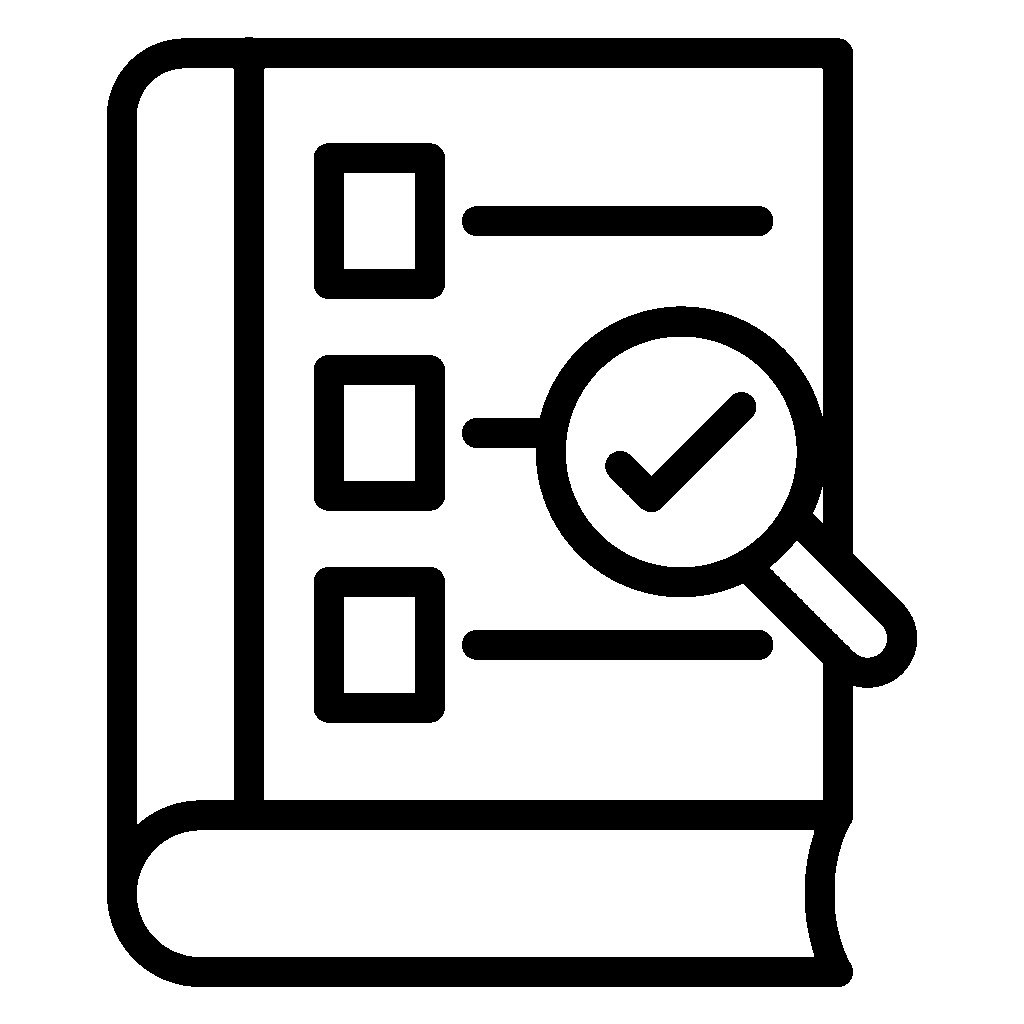Scrum Master Syllabus
21 Topics

60 word excerpt - Lorem ipsum dolor sit amet, consectetur adipiscing elit. Sed a venenatis nibh, non porta lorem. Vivamus scelerisque dignissim leo, et malesuada lorem. Nunc imperdiet tempus quam vel egestas. Cras elementum suscipit nunc ut sodales. Phasellus sed velit dui. Aliquam quis velit ipsum. Duis id arcu quam. Vestibulum metus lectus, aliquam faucibus odio a, vestibulum lacinia turpis. Aenean
Syllabus Topics
Topic 001

60 word excerpt - Lorem ipsum dolor sit amet, consectetur adipiscing elit. Sed a venenatis nibh, non porta lorem. Vivamus scelerisque dignissim leo, et malesuada lorem. Nunc imperdiet tempus quam vel egestas. Cras elementum suscipit nunc ut sodales. Phasellus sed velit dui. Aliquam quis velit ipsum. Duis id arcu quam. Vestibulum metus lectus, aliquam faucibus…
Topic 002

60 word excerpt - Lorem ipsum dolor sit amet, consectetur adipiscing elit. Sed a venenatis nibh, non porta lorem. Vivamus scelerisque dignissim leo, et malesuada lorem. Nunc imperdiet tempus quam vel egestas. Cras elementum suscipit nunc ut sodales. Phasellus sed velit dui. Aliquam quis velit ipsum. Duis id arcu quam. Vestibulum metus lectus, aliquam faucibus…
Topic 003

60 word excerpt - Lorem ipsum dolor sit amet, consectetur adipiscing elit. Sed a venenatis nibh, non porta lorem. Vivamus scelerisque dignissim leo, et malesuada lorem. Nunc imperdiet tempus quam vel egestas. Cras elementum suscipit nunc ut sodales. Phasellus sed velit dui. Aliquam quis velit ipsum. Duis id arcu quam. Vestibulum metus lectus, aliquam faucibus…
Topic 004

60 word excerpt - Lorem ipsum dolor sit amet, consectetur adipiscing elit. Sed a venenatis nibh, non porta lorem. Vivamus scelerisque dignissim leo, et malesuada lorem. Nunc imperdiet tempus quam vel egestas. Cras elementum suscipit nunc ut sodales. Phasellus sed velit dui. Aliquam quis velit ipsum. Duis id arcu quam. Vestibulum metus lectus, aliquam faucibus…
Topic 005

60 word excerpt - Lorem ipsum dolor sit amet, consectetur adipiscing elit. Sed a venenatis nibh, non porta lorem. Vivamus scelerisque dignissim leo, et malesuada lorem. Nunc imperdiet tempus quam vel egestas. Cras elementum suscipit nunc ut sodales. Phasellus sed velit dui. Aliquam quis velit ipsum. Duis id arcu quam. Vestibulum metus lectus, aliquam faucibus…
Topic 006

60 word excerpt - Lorem ipsum dolor sit amet, consectetur adipiscing elit. Sed a venenatis nibh, non porta lorem. Vivamus scelerisque dignissim leo, et malesuada lorem. Nunc imperdiet tempus quam vel egestas. Cras elementum suscipit nunc ut sodales. Phasellus sed velit dui. Aliquam quis velit ipsum. Duis id arcu quam. Vestibulum metus lectus, aliquam faucibus…
Topic 007

60 word excerpt - Lorem ipsum dolor sit amet, consectetur adipiscing elit. Sed a venenatis nibh, non porta lorem. Vivamus scelerisque dignissim leo, et malesuada lorem. Nunc imperdiet tempus quam vel egestas. Cras elementum suscipit nunc ut sodales. Phasellus sed velit dui. Aliquam quis velit ipsum. Duis id arcu quam. Vestibulum metus lectus, aliquam faucibus…
Topic 008

60 word excerpt - Lorem ipsum dolor sit amet, consectetur adipiscing elit. Sed a venenatis nibh, non porta lorem. Vivamus scelerisque dignissim leo, et malesuada lorem. Nunc imperdiet tempus quam vel egestas. Cras elementum suscipit nunc ut sodales. Phasellus sed velit dui. Aliquam quis velit ipsum. Duis id arcu quam. Vestibulum metus lectus, aliquam faucibus…
Topic 009

60 word excerpt - Lorem ipsum dolor sit amet, consectetur adipiscing elit. Sed a venenatis nibh, non porta lorem. Vivamus scelerisque dignissim leo, et malesuada lorem. Nunc imperdiet tempus quam vel egestas. Cras elementum suscipit nunc ut sodales. Phasellus sed velit dui. Aliquam quis velit ipsum. Duis id arcu quam. Vestibulum metus lectus, aliquam faucibus…
Topic 010

60 word excerpt - Lorem ipsum dolor sit amet, consectetur adipiscing elit. Sed a venenatis nibh, non porta lorem. Vivamus scelerisque dignissim leo, et malesuada lorem. Nunc imperdiet tempus quam vel egestas. Cras elementum suscipit nunc ut sodales. Phasellus sed velit dui. Aliquam quis velit ipsum. Duis id arcu quam. Vestibulum metus lectus, aliquam faucibus…
Topic 011

60 word excerpt - Lorem ipsum dolor sit amet, consectetur adipiscing elit. Sed a venenatis nibh, non porta lorem. Vivamus scelerisque dignissim leo, et malesuada lorem. Nunc imperdiet tempus quam vel egestas. Cras elementum suscipit nunc ut sodales. Phasellus sed velit dui. Aliquam quis velit ipsum. Duis id arcu quam. Vestibulum metus lectus, aliquam faucibus…
Topic 012

60 word excerpt - Lorem ipsum dolor sit amet, consectetur adipiscing elit. Sed a venenatis nibh, non porta lorem. Vivamus scelerisque dignissim leo, et malesuada lorem. Nunc imperdiet tempus quam vel egestas. Cras elementum suscipit nunc ut sodales. Phasellus sed velit dui. Aliquam quis velit ipsum. Duis id arcu quam. Vestibulum metus lectus, aliquam faucibus…
Topic 013

60 word excerpt - Lorem ipsum dolor sit amet, consectetur adipiscing elit. Sed a venenatis nibh, non porta lorem. Vivamus scelerisque dignissim leo, et malesuada lorem. Nunc imperdiet tempus quam vel egestas. Cras elementum suscipit nunc ut sodales. Phasellus sed velit dui. Aliquam quis velit ipsum. Duis id arcu quam. Vestibulum metus lectus, aliquam faucibus…
Topic 014

60 word excerpt - Lorem ipsum dolor sit amet, consectetur adipiscing elit. Sed a venenatis nibh, non porta lorem. Vivamus scelerisque dignissim leo, et malesuada lorem. Nunc imperdiet tempus quam vel egestas. Cras elementum suscipit nunc ut sodales. Phasellus sed velit dui. Aliquam quis velit ipsum. Duis id arcu quam. Vestibulum metus lectus, aliquam faucibus…
Topic 015

60 word excerpt - Lorem ipsum dolor sit amet, consectetur adipiscing elit. Sed a venenatis nibh, non porta lorem. Vivamus scelerisque dignissim leo, et malesuada lorem. Nunc imperdiet tempus quam vel egestas. Cras elementum suscipit nunc ut sodales. Phasellus sed velit dui. Aliquam quis velit ipsum. Duis id arcu quam. Vestibulum metus lectus, aliquam faucibus…
Topic 016

60 word excerpt - Lorem ipsum dolor sit amet, consectetur adipiscing elit. Sed a venenatis nibh, non porta lorem. Vivamus scelerisque dignissim leo, et malesuada lorem. Nunc imperdiet tempus quam vel egestas. Cras elementum suscipit nunc ut sodales. Phasellus sed velit dui. Aliquam quis velit ipsum. Duis id arcu quam. Vestibulum metus lectus, aliquam faucibus…
Topic 017

60 word excerpt - Lorem ipsum dolor sit amet, consectetur adipiscing elit. Sed a venenatis nibh, non porta lorem. Vivamus scelerisque dignissim leo, et malesuada lorem. Nunc imperdiet tempus quam vel egestas. Cras elementum suscipit nunc ut sodales. Phasellus sed velit dui. Aliquam quis velit ipsum. Duis id arcu quam. Vestibulum metus lectus, aliquam faucibus…
Topic 018

60 word excerpt - Lorem ipsum dolor sit amet, consectetur adipiscing elit. Sed a venenatis nibh, non porta lorem. Vivamus scelerisque dignissim leo, et malesuada lorem. Nunc imperdiet tempus quam vel egestas. Cras elementum suscipit nunc ut sodales. Phasellus sed velit dui. Aliquam quis velit ipsum. Duis id arcu quam. Vestibulum metus lectus, aliquam faucibus…
Topic 019

60 word excerpt - Lorem ipsum dolor sit amet, consectetur adipiscing elit. Sed a venenatis nibh, non porta lorem. Vivamus scelerisque dignissim leo, et malesuada lorem. Nunc imperdiet tempus quam vel egestas. Cras elementum suscipit nunc ut sodales. Phasellus sed velit dui. Aliquam quis velit ipsum. Duis id arcu quam. Vestibulum metus lectus, aliquam faucibus…
Topic 020

60 word excerpt - Lorem ipsum dolor sit amet, consectetur adipiscing elit. Sed a venenatis nibh, non porta lorem. Vivamus scelerisque dignissim leo, et malesuada lorem. Nunc imperdiet tempus quam vel egestas. Cras elementum suscipit nunc ut sodales. Phasellus sed velit dui. Aliquam quis velit ipsum. Duis id arcu quam. Vestibulum metus lectus, aliquam faucibus…
Topic 022

60 word excerpt - Lorem ipsum dolor sit amet, consectetur adipiscing elit. Sed a venenatis nibh, non porta lorem. Vivamus scelerisque dignissim leo, et malesuada lorem. Nunc imperdiet tempus quam vel egestas. Cras elementum suscipit nunc ut sodales. Phasellus sed velit dui. Aliquam quis velit ipsum. Duis id arcu quam. Vestibulum metus lectus, aliquam faucibus…
